Rowan Tree
- November 29, 2023
- 0 comment
The Rowan tree, scientifically known as Sorbus aucuparia, is a deciduous tree that holds a special place in folklore and cultural traditions across various regions. Characterized by its pinnately compound leaves and vibrant red berries, the Rowan tree is native to Europe, North Asia, and North Africa.
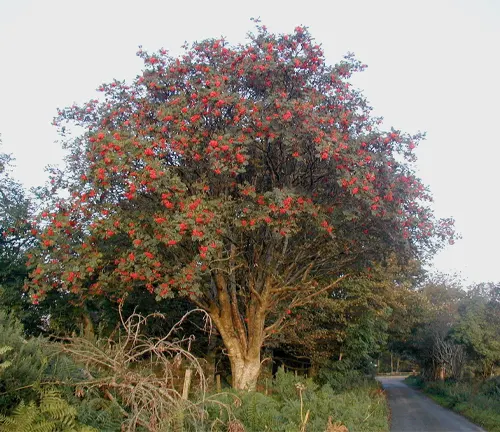
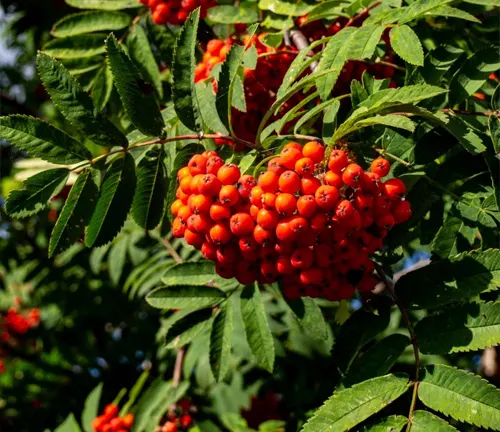
Also referred to as the mountain ash, it is often found in mountainous and northern areas, thriving in a range of soil types. Beyond its aesthetic appeal, the Rowan tree has garnered symbolic significance in folklore as a protective entity. In Celtic mythology, it is considered a tree of magical properties, believed to ward off evil spirits and protect against enchantments.
The red berries, in particular, are associated with vitality and are sometimes used in traditional medicine. Additionally, the Rowan tree plays a role in wildlife conservation, providing a food source for birds and insects. With its rich cultural history and ecological contributions, the Rowan tree stands as more than just a botanical specimen, embodying a deep connection between nature and human imagination.
| Characteristic | Description |
| Scientific Name | Sorbus aucuparia |
| Type | Deciduous Tree |
| Leaves | Pinnately compound |
| Fruit | Vibrant red berries |
| Native Range | Europe, North Asia, North Africa |
| Habitat | Mountainous and northern regions |
| Soil Preferences | Adaptable to various soil types |
| Symbolic Significance | Associated with protection in folklore |
| Cultural Importance | Considered a magical tree in Celtic mythology |
| Folklore Role | Believed to ward off evil spirits |
| Medicinal Use | Berries used in traditional medicine |
| Wildlife Contribution | Provides food for birds and insects |
| Alternative Name | Mountain Ash |
Botanical Beauty of Rowan Tree
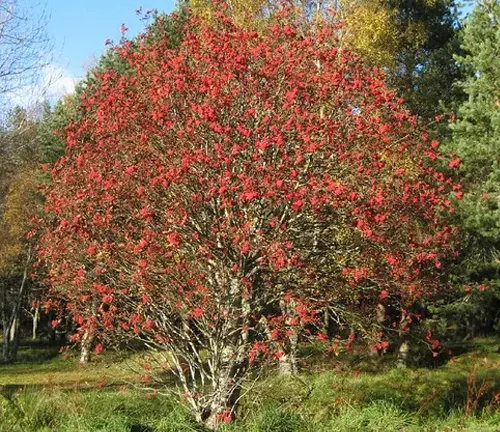
The Rowan tree, scientifically known as Sorbus aucuparia, stands out in the botanical tapestry with its distinctive features and aesthetic appeal. Sporting pinnately compound leaves and vibrant red berries, this deciduous beauty captures the attention of nature enthusiasts and botanists alike. Its elegant foliage and seasonal transformations make it a charming addition to landscapes, adding a touch of botanical brilliance.
Woodland Elegance
In the heart of woodlands and along mountain slopes, the Rowan tree unfolds its woodland elegance. The tree’s graceful silhouette and the way it seamlessly blends into natural surroundings contribute to its allure. Whether standing solitary against the backdrop of a rugged landscape or as part of a lush woodland, the Rowan tree exudes an understated elegance that enhances the visual richness of its environment.

Ecological Importance

Beyond its visual appeal, the Rowan tree plays a crucial role in ecological balance. The tree’s berries, in particular, serve as a vital food source for birds and insects. This ecological interdependence highlights the interconnectedness of plant and animal life, emphasizing the Rowan tree’s significance in sustaining biodiversity and supporting local ecosystems.
Cultivation and Conservation
Cultivating the Rowan tree requires an appreciation for its natural habitat. Thriving in a variety of soil types, this tree adapts well to diverse environments. However, as with many species, conservation efforts are essential to ensure the Rowan tree’s continued existence. Conservation initiatives play a vital role in preserving the habitats that sustain these trees and safeguarding the delicate balance they bring to ecosystems.
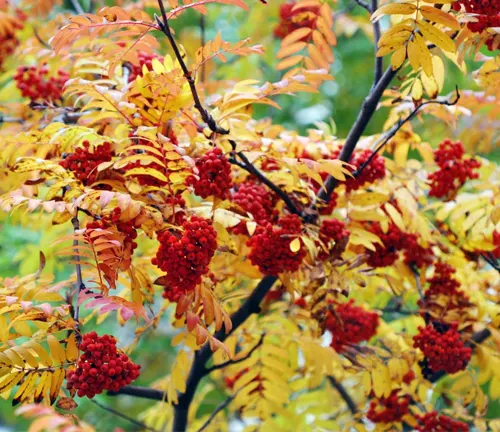
Fragrance
Apart from its visual allure, the Rowan tree engages another sense – fragrance. The blossoms emit a delicate fragrance during the flowering season, creating a sensory experience that enhances its overall appeal. This subtle yet enchanting perfume adds an extra layer to the tree’s allure, making it a favorite among those who appreciate the beauty of nature through multiple senses.
Soil Stabilization

One of the often-overlooked contributions of the Rowan tree lies in its ability to stabilize soil. The extensive root system of the tree helps prevent soil erosion, especially in mountainous regions where it commonly thrives. This soil-stabilizing feature underscores the tree’s ecological importance in maintaining the integrity of landscapes and preventing environmental degradation.
Common Uses
Throughout history, the Rowan tree has found various practical applications. The wood, although not extensively used, is occasionally employed in crafting small items. Additionally, the berries have found their way into traditional medicine, where they are believed to possess certain medicinal properties. The historical and cultural applications of the Rowan tree reflect its versatility and the diverse ways in which it has been integrated into human practices.
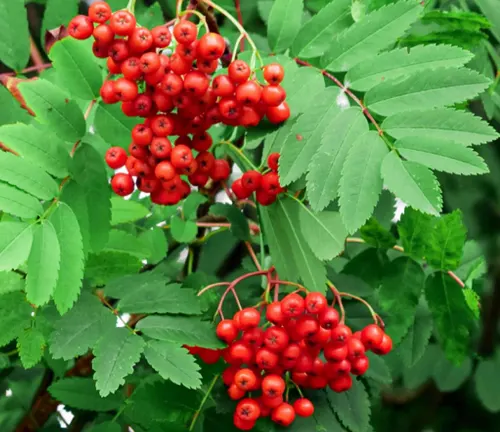
Benefits
The Rowan tree offers a myriad of benefits, ranging from its ecological contributions to its cultural and aesthetic significance. Its berries provide sustenance to wildlife, its wood holds potential for craftsmanship, and its role in folklore adds a layer of enchantment to natural landscapes. Embracing the Rowan tree goes beyond mere appreciation; it involves recognizing and preserving the multifaceted benefits it brings to both the environment and human culture.
Different Species
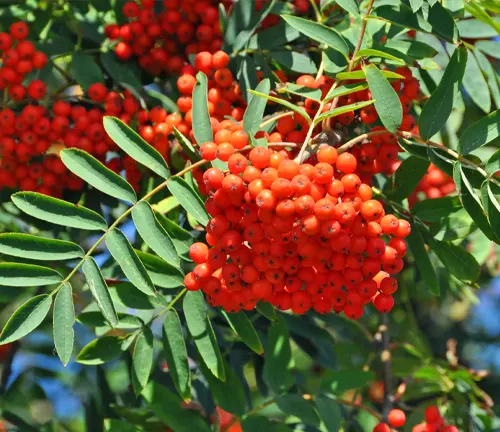
Sorbus aucuparia
(Common Rowan or European Rowan)
This is the most widely recognized species of Rowan tree. It is native to Europe, North Asia, and North Africa. The tree is known for its pinnately compound leaves and clusters of bright red berries.
Sorbus americana
(American Mountain Ash)
Found in North America, particularly in the eastern and central regions, the American Mountain Ash is a close relative of the European Rowan. It shares similar features, including pinnately compound leaves and clusters of red or orange berries.
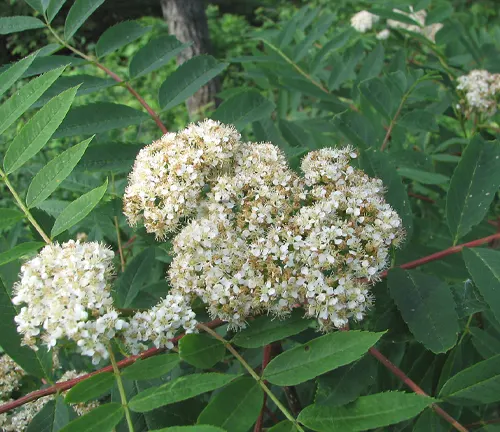
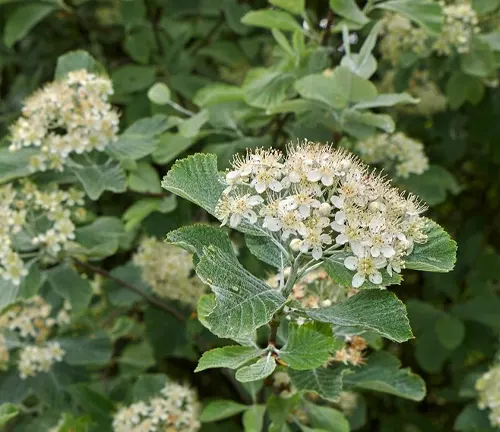
Sorbus aria
(Common Whitebeam)
While not commonly referred to as a Rowan tree, the Common Whitebeam is a species within the Sorbus genus. It is native to Europe and is known for its white undersides of the leaves, giving it a distinctive appearance.
Sorbus cashmiriana
(Kashmir Rowan)
Native to the Himalayan region, the Kashmir Rowan is admired for its ornamental value. It has attractive foliage and produces orange-red berries, making it a popular choice for gardens and landscapes.
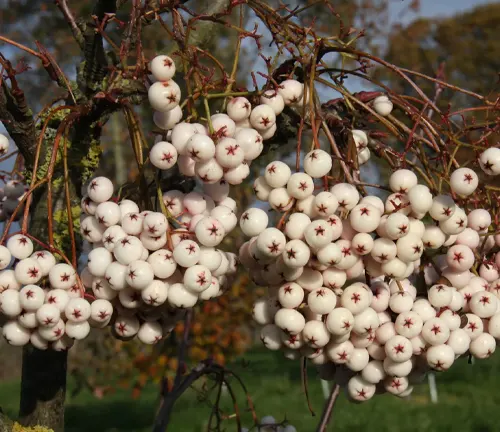
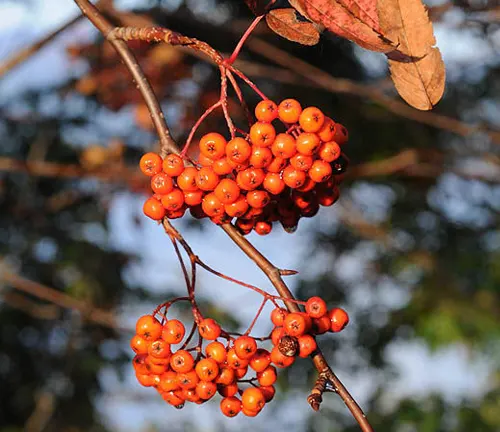
Sorbus commixta
(Japanese Rowan)
Native to Japan, this species is appreciated for its brilliant autumn foliage, which turns vibrant shades of red. It produces clusters of red berries, adding to its ornamental appeal.
Sorbus intermedia
(Swedish Whitebeam)
Another member of the Sorbus genus, the Swedish Whitebeam is native to Scandinavia and parts of northern Europe. It is valued for its attractive foliage and clusters of white berries.
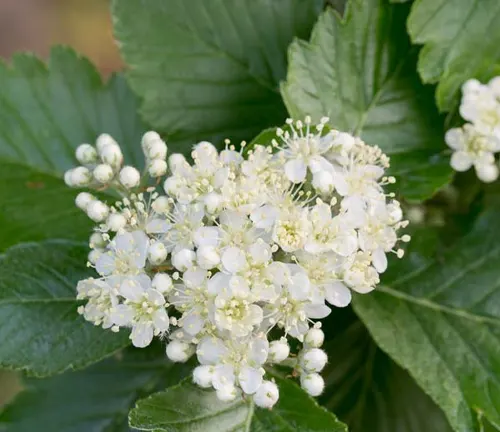
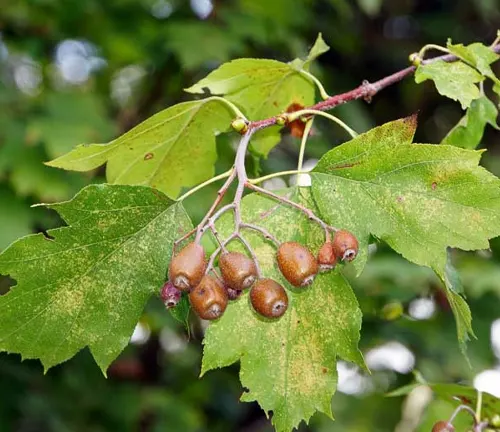
Sorbus torminalis
(Wild Service Tree)
While not commonly referred to as a Rowan tree, the Wild Service Tree is a member of the Sorbus genus. It is native to Europe and produces small, brownish fruits. It is often found in woodlands and has historical uses.
Frequently Asked Questions (FAQs)
- What is a Rowan Tree?
A Rowan tree, scientifically known as Sorbus aucuparia, is a deciduous tree native to Europe, North Asia, and North Africa. It is characterized by pinnately compound leaves and vibrant red berries. - What are the Symbolic Meanings of Rowan Trees?
In folklore and mythology, Rowan trees are often associated with protection and magical properties. They are believed to ward off evil spirits and offer a sense of security. - Where are Rowan Trees Typically Found?
Rowan trees thrive in mountainous and northern regions. They are commonly found in woodlands, along slopes, and in diverse soil types. - Do All Rowan Trees Have Red Berries?
While the most common species, Sorbus aucuparia, has red berries, there are variations with orange or yellow berries. Different species within the Sorbus genus may have berries of varying colors. - Are Rowan Trees Suitable for Gardens?
Yes, many Rowan tree species, especially ornamental varieties, are suitable for gardens. They add aesthetic value with their elegant foliage and colorful berries. - Do Rowan Trees Have any Ecological Importance?
Yes, Rowan trees contribute to biodiversity by providing food for birds and insects. They also play a role in soil stabilization, preventing erosion in mountainous regions. - Can Rowan Trees be Grown in Different Soil Types?
Yes, Rowan trees are adaptable to various soil types. While they prefer well-drained soil, they can thrive in different conditions. - What is the Best Time to Plant Rowan Trees?
The best time to plant Rowan trees is in the late fall or early spring when the tree is dormant. This allows the roots to establish before the onset of the growing season. - Are Rowan Trees Prone to Pests or Diseases?
Rowan trees are generally hardy, but like any plant, they can be susceptible to certain pests and diseases. Regular inspection and appropriate care can help mitigate these issues. - Are Rowan Berries Edible?
While Rowan berries are not typically consumed raw due to their tartness, they can be used in jams, jellies, and beverages. It’s important to note that some species may have bitter berries, and caution should be exercised.


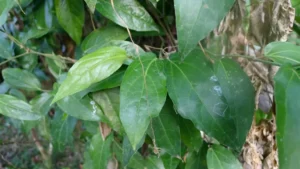

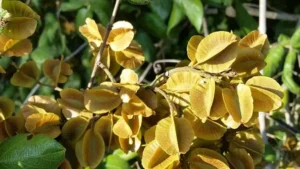




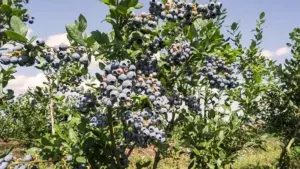




Leave your comment